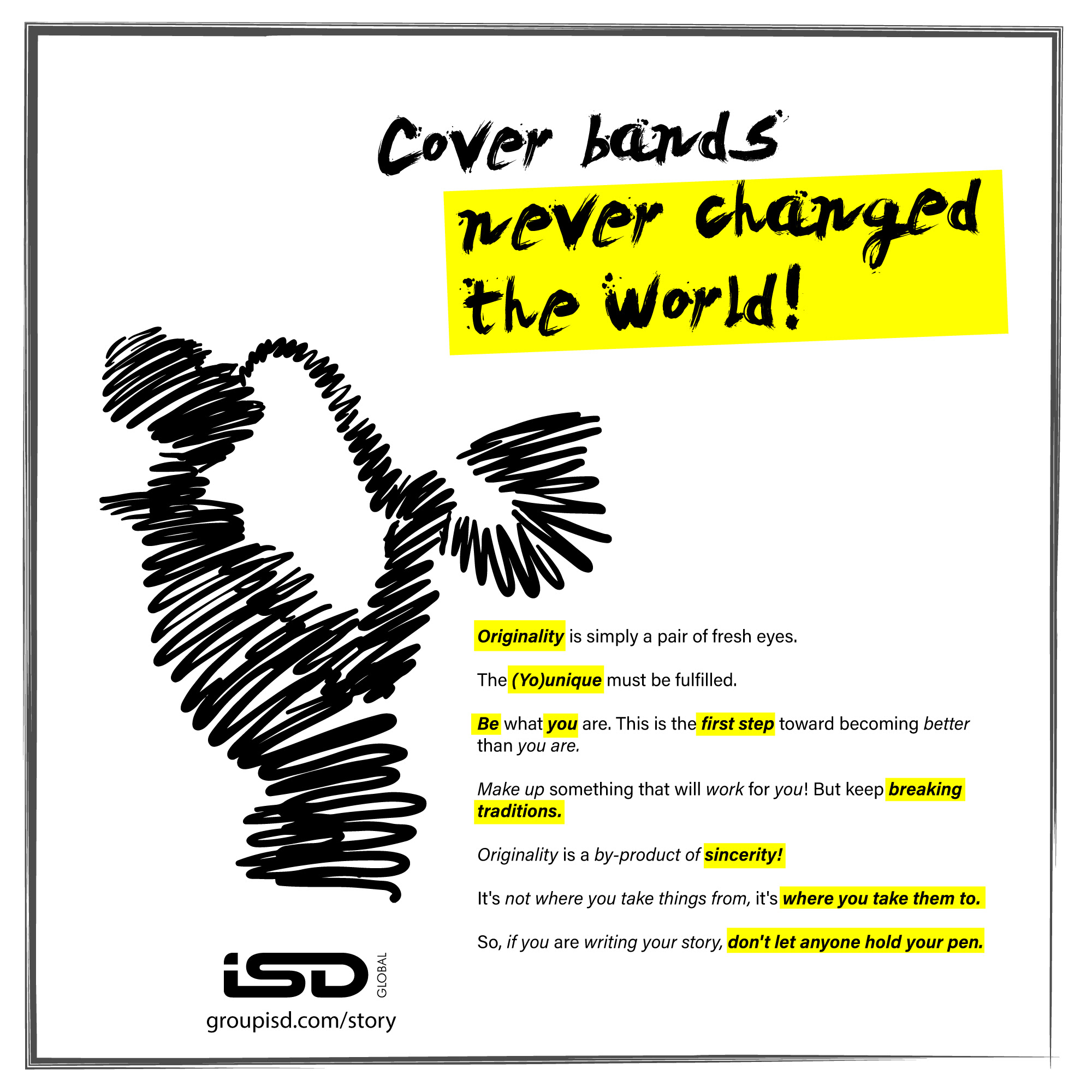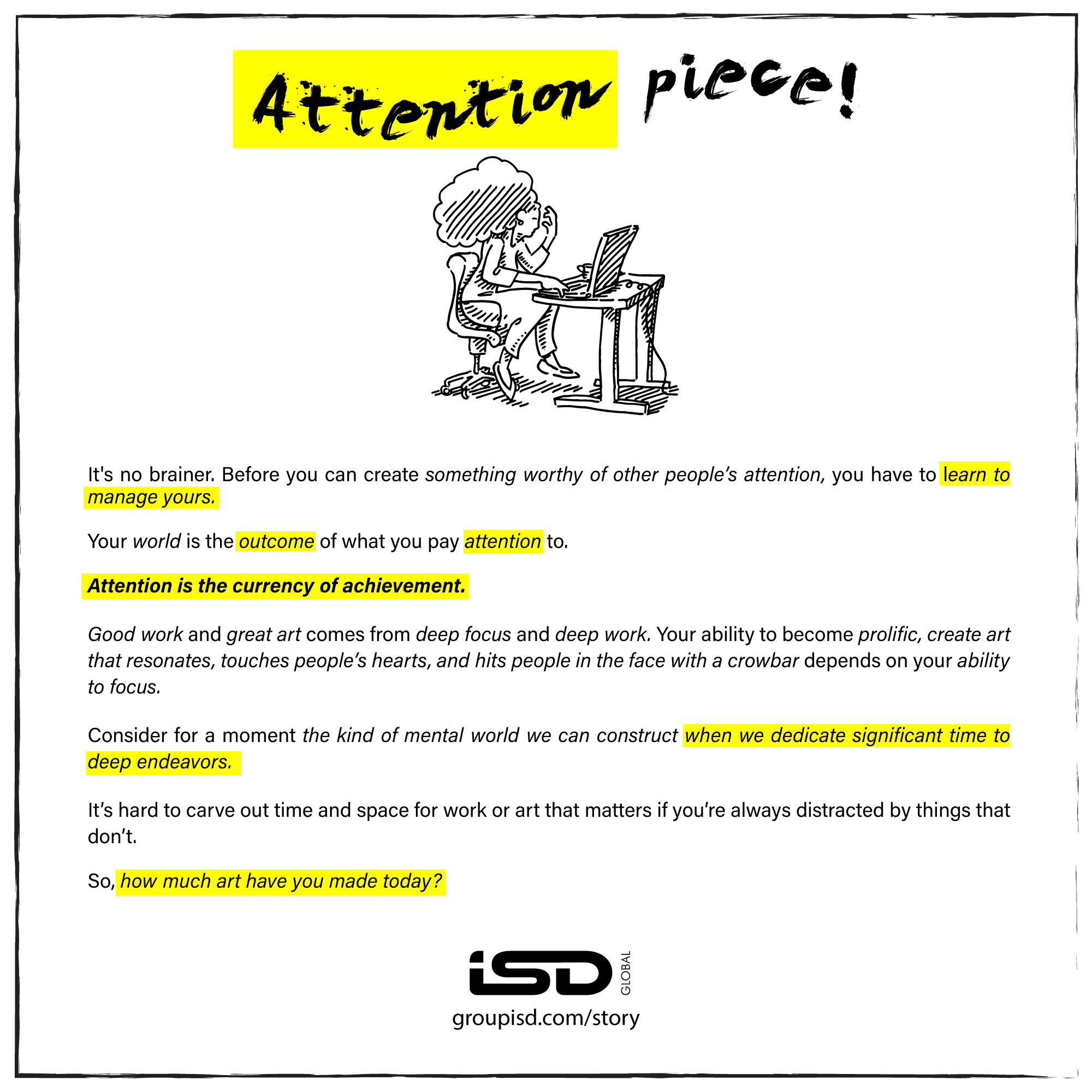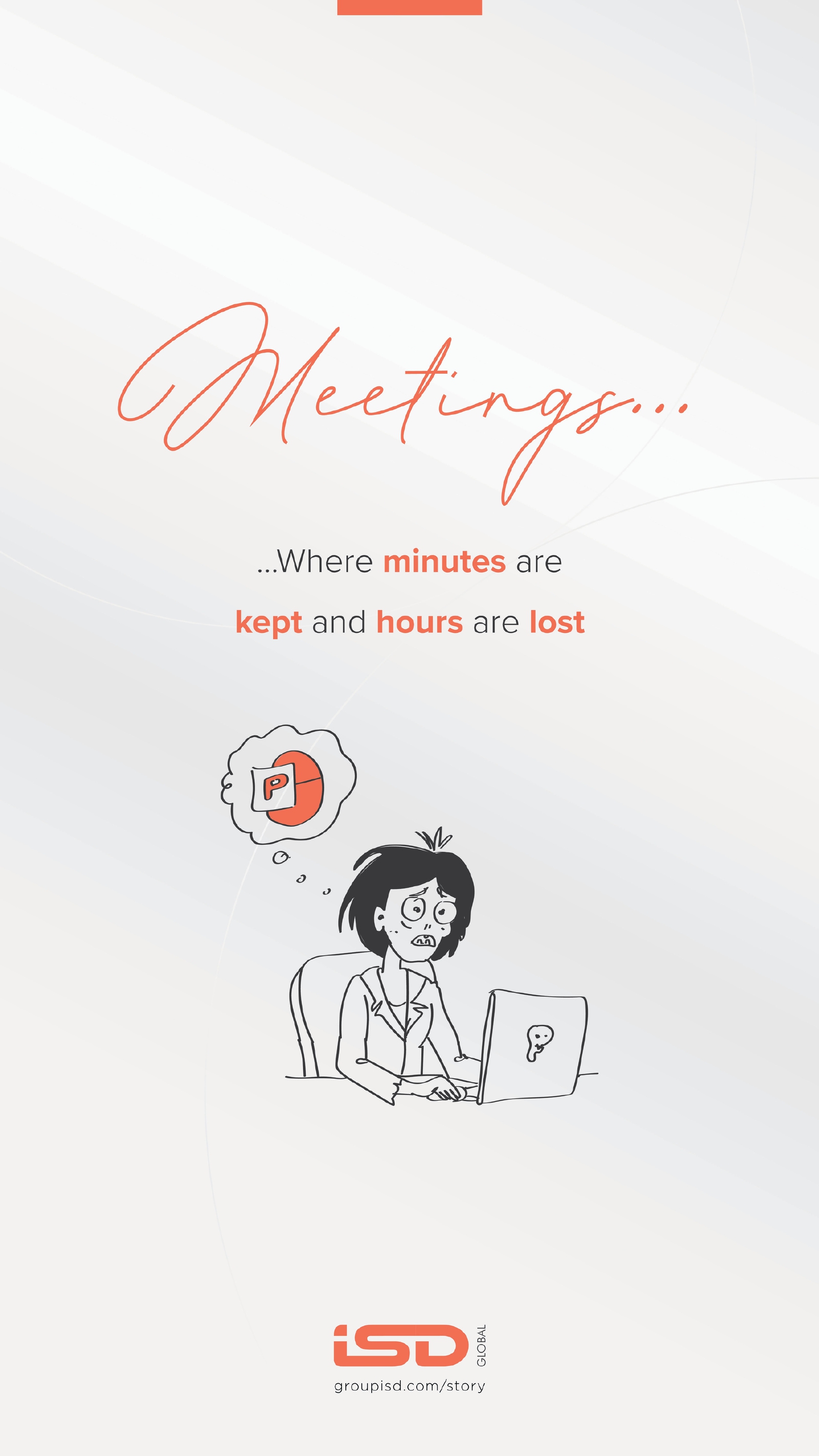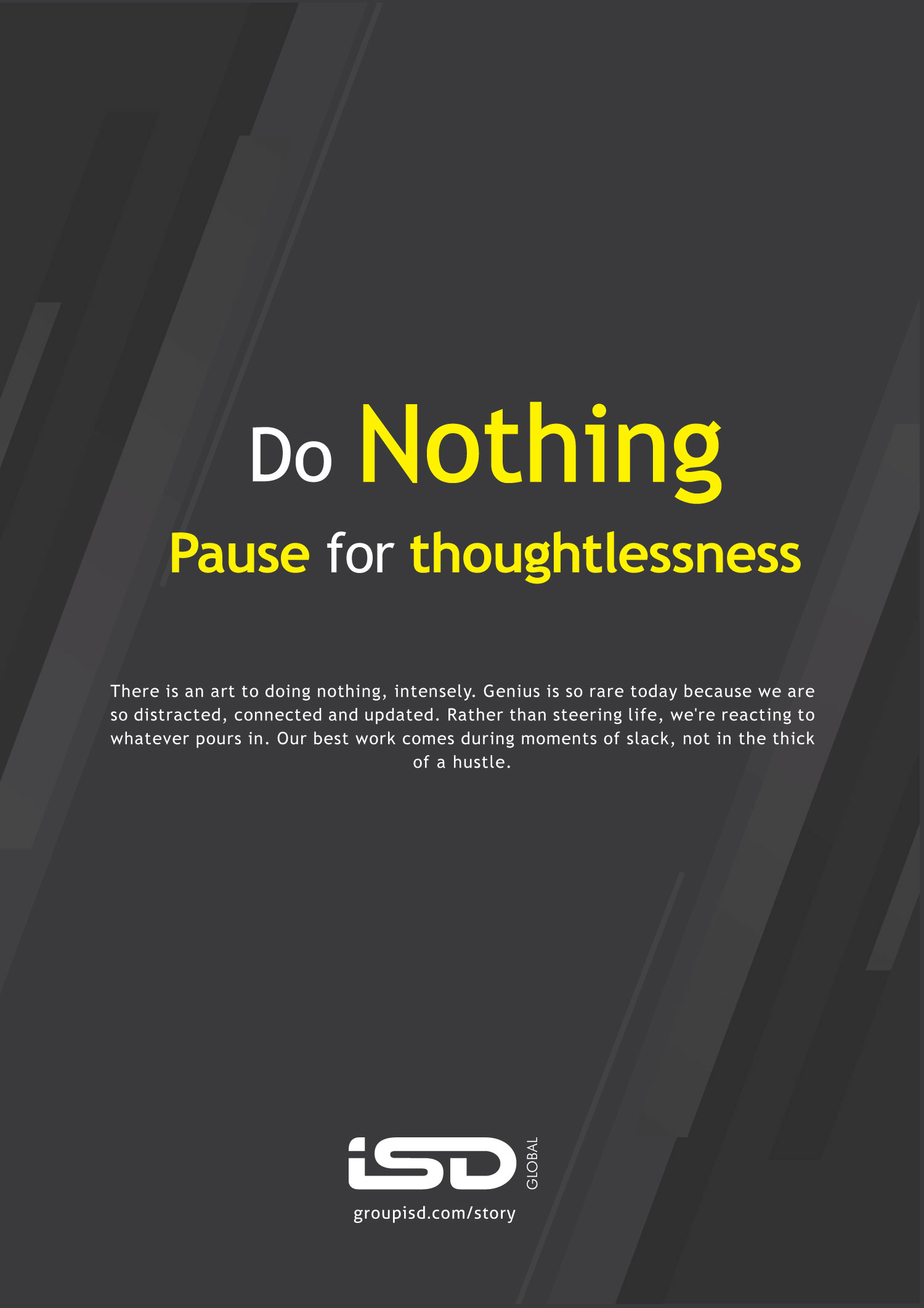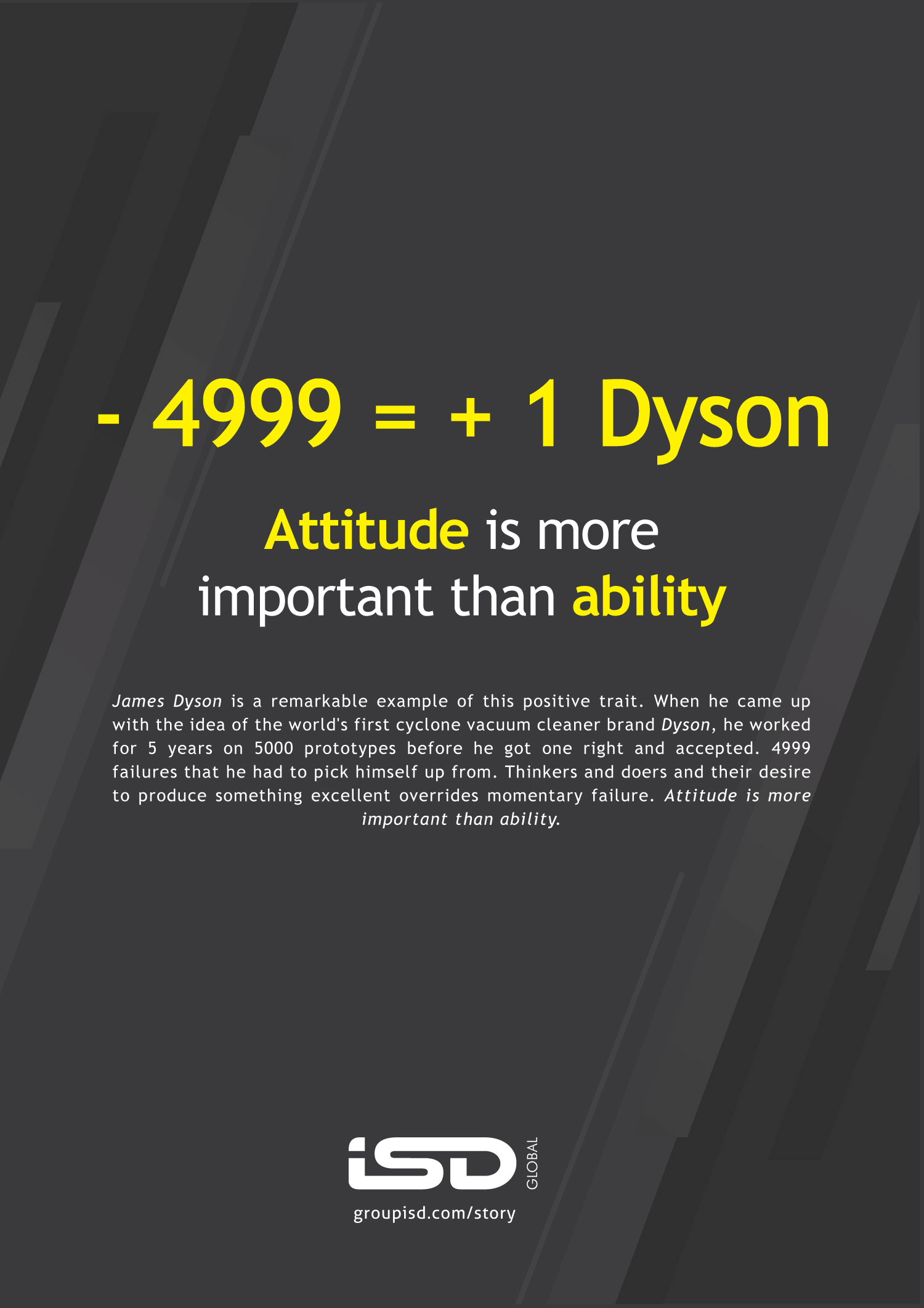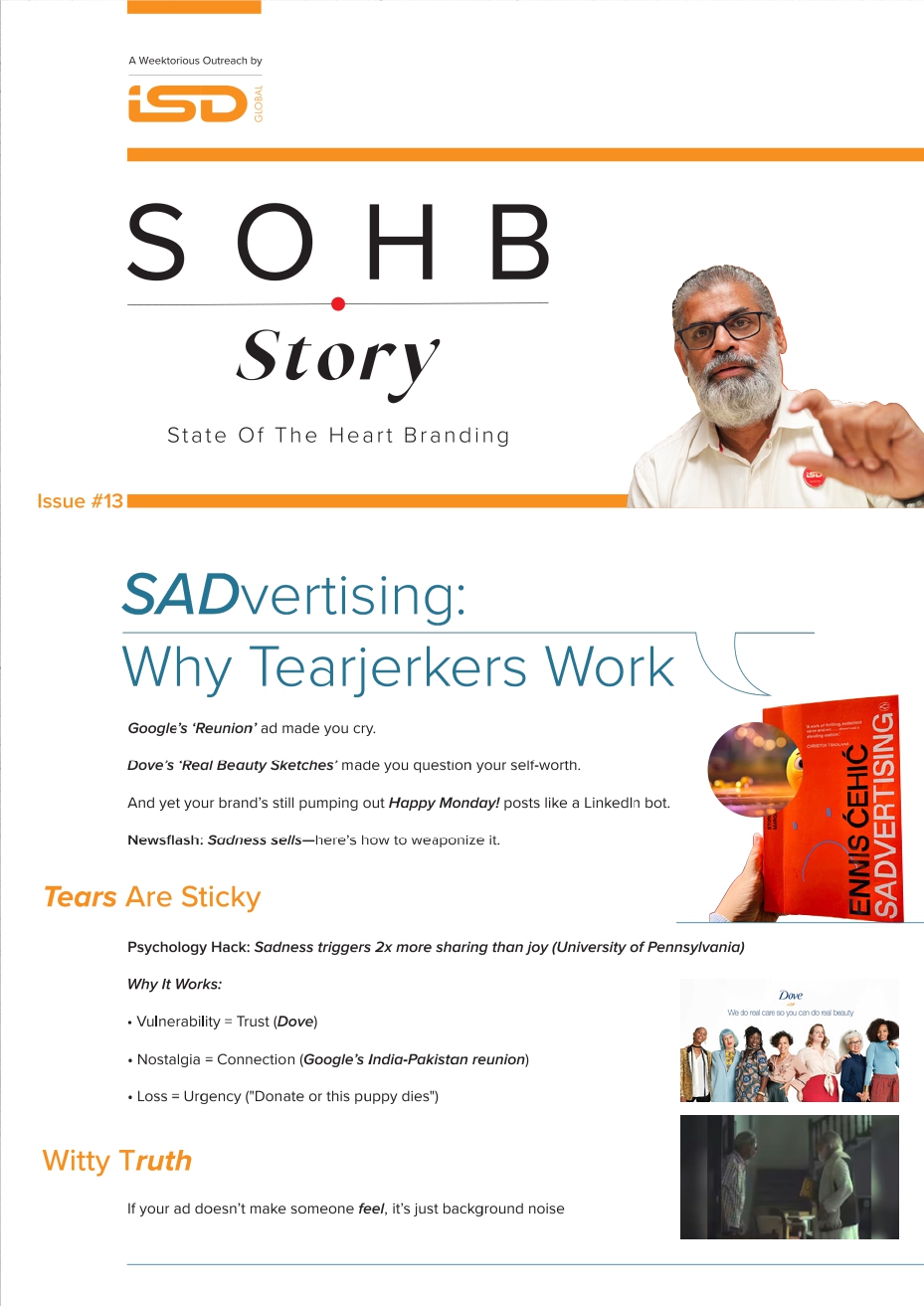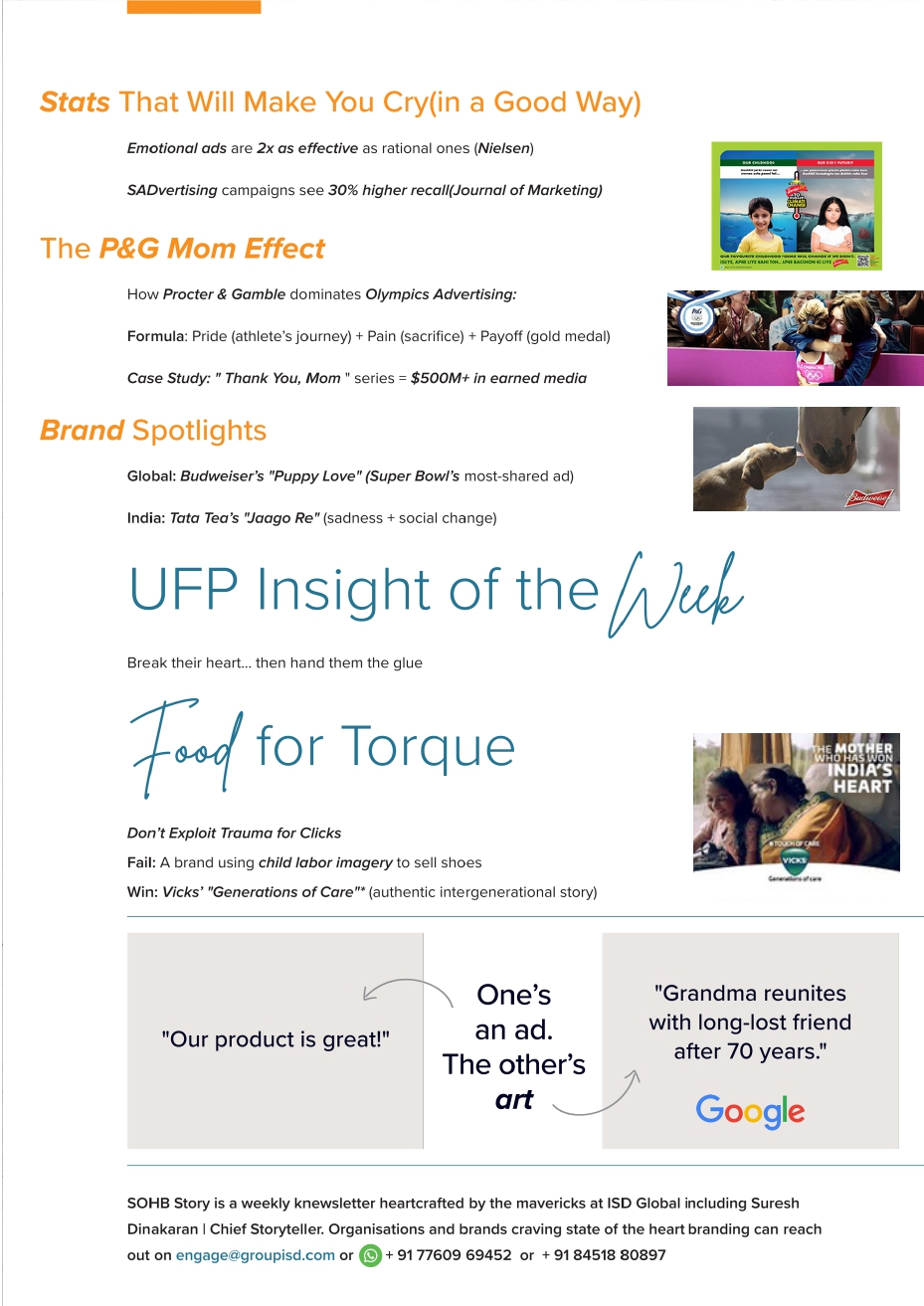Clutch too hard, you bleed. Let go too soon, you fade. The dance is in the timing.
The most advanced AI on the planet, the kind that can write sonnets and doom-scroll through cat videos, is fundamentally incapable of understanding this. It can optimize, it can calculate, but it cannot feel the sacred pain of holding a newborn for the first time, nor the liberating agony of scattering a parent’s ashes. That tension? That’s not a bug in the human code. It’s the feature. It’s what makes us alive.
From the favelas of Rio to the tech hubs of Shenzhen, from the coffee plantations of Kerala to the startup garages of Tel Aviv, the same pattern emerges: Those who master the dance between gripping and releasing become the forces that reshape the world.
” This is the cruel contract of all experience, of aliveness itself — that in order to have it, we must agree to let it go “- Maria Popova | The Marginalian
The secret isn’t in the holding. It isn’t letting go either. It’s in the electric tension between them—that space where miracles happen, where breakthrough innovations are born, where ordinary humans become extraordinary.
The cherry blossom doesn’t cling to the branch, yet the Japanese hold onto the memory of its fleeting beauty for centuries. They’ve mastered holding onto the essence while letting go of the form. Result? A culture that finds profound beauty in impermanence. The art of holding on by letting go.
For 400 years, Swiss watchmakers have held onto tradition with religious fervor while constantly letting go of outdated techniques. They grip heritage while releasing obsolete methods. Today, they still dominate luxury timepieces in the age of smartphones.
On the ghats of Varanasi, in UP, India, life and death perform their daily tango in broad daylight. Families hold on to their loved ones with every fibre of their being, their love a tangible force. And then, in the ultimate act of faith, they let go. They release the physical form to the flames and the sacred river. They don’t just understand the paradox; they breathe it. The holding on (to memory, to tradition, to love) is given its power precisely by the act of letting go (of the body, of attachment to the mortal coil). It’s not a contradiction; it’s a completion.
Our belief is besieged by the myth of the permanent grip. Where, the mantra is “Never let go.” Hold on to your youth (hello, botox). Hold on to your job title. Hold on to that grudge from 2012. Hold on to that toxic relationship because God forbid you be alone. We’re hoarders of the soul, terrified of the empty space that letting go creates. But nature abhors a vacuum, and so does the universe. That empty space isn’t void; it’s potential. By refusing to release, we choke off our own power supply. We’re trying to breathe in without ever breathing out. It’s not sustainable. It’s a one-way ticket to a panic attack.
Life is basically a tug-of-war between a toddler refusing to drop his toy and a monk burning down his attachments in the Himalayas. And the real energy — the juice that powers our existence — comes from that exact polarity. Holding on. Letting go. Two opposite poles, same battery.
If you only cling, you choke. If you only release, you drift. The art (and science) is knowing when to clutch tighter than a Bollywood mother( none more qualified than Nirupa Roy, I dare say) in the final act, and when to let go like MS Dhoni lofting that World Cup-winning six into the Wankhede Stadium night sky.
Amul held on to its farmers-first cooperative model for 75+ years while letting go of old advertising formats — who else can run a butter girl campaign that’s still fresh in the age of Instagram reels?
Let’s not forget Buddha, who literally walked out of the palace, letting go of gold-plated comfort to hold on to a higher calling.
Netflix held on to storytelling while letting go of physical DVDs. (Blockbuster couldn’t let go — and boom, R.I.P.).
Apple held on to obsessive design purity but let go of buttons, disks, ports — heck, they’d remove oxygen if it messed with symmetry. That letting go gave us sleek devices we now can’t let go of.
Post-WWII, Japan let go of samurai swagger and empire dreams, held on to discipline and craftsmanship, and reinvented itself into Toyota, Sony, and sushi-as-global-currency.
Every empire, every brand, every love story is a game of grip and release.
Every lesson from Krishna to Arjuna on the battlefield of Kurukshetra is a cosmic reminder: Don’t clutch too hard. Don’t release too soon. Ride the voltage.
Nelson Mandela held onto hope in a cell the size of a Mumbai bathroom, but let go of vengeance when the door opened. Japanese artists painstakingly glue shattered pottery and call it Kintsugi. They hold onto the cracks, let go of the shame. The repairs are the story. Suns rise because night lets go.
It might be worth auditing your grip. Ask yourself — what are you strangling that should be surrendered? A toxic client, a business model past its expiry, an outdated identity? Re-inforce what matters. What’s worth white-knuckling? Your core values, your integrity, your community, your health.
Letting go is not quitting. It’s making a strategic choice to reallocate your energy. It’s the tree shedding dead leaves so it can bud again in spring. It’s not failure; it’s rhythm. So, embrace the sacred release.
What are you clutching too tightly? And what are you finally, gloriously, ready to release?
Fear is a reaction, creativity is a response!
Yours in the beautiful struggle– SD

